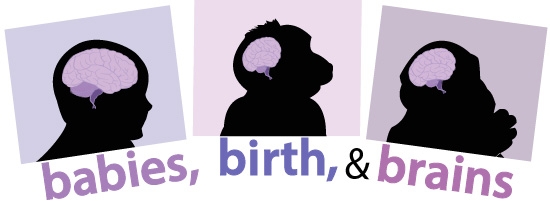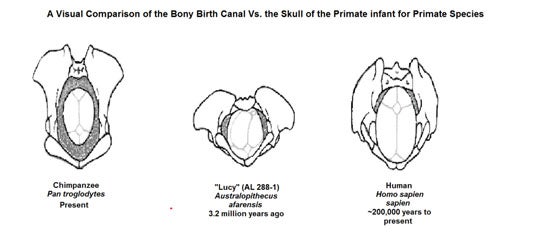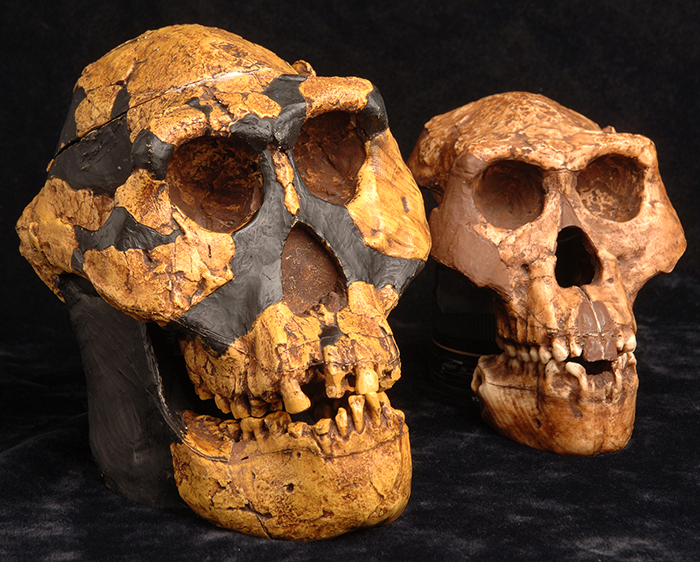
To have narrow or wide hips, that is the question
Brain size has a strong effect on human hip bones. The shape of human hip bones results from a compromise between walking on two legs and giving birth to large-brained babies.
Humans need narrow hips to walk on two legs, but they also need wide hips to have babies with big brains. This problem is known as the obstetrical dilemma.
The size and shape of the human pelvis allows for both birthing babies and walking on two legs. Other mammals do not have this problem for two reasons. First, they are not bipedal and can have a wider pelvis. Second, they do not give birth to large-brained babies.

The idea is that for humans, walking and running with a narrow pelvis uses less energy than with a wider pelvis. Females must have a wide pelvis, however, in order for a baby’s head to fit through the birth canal. Even wide hips may not be wide enough to fit the large head of a human baby, however.
Luckily, the bones that make up the top of a baby’s head are not fused together at the time of birth. If the head is squeezed during birth, these bones can overlap one another and not break. This is the reason why some babies have oddly shaped heads right after birth. You can see the spaces between the bones in newborn babies. These spaces appear at the top of the baby’s head and are known as “soft spots.” It is dangerous to touch these spots. Soft spots are covered by skin and connective tissue. Even so, the baby’s brain is right underneath these layers and vulnerable to damage. As babies grow up, their soft spots turn into bone.
Be Part of
Ask An Anthropologist
By volunteering, or simply sending us feedback on the site. Scientists, teachers, writers, illustrators, and translators are all important to the program. If you are interested in helping with the website we have a volunteers page to get the process started.

